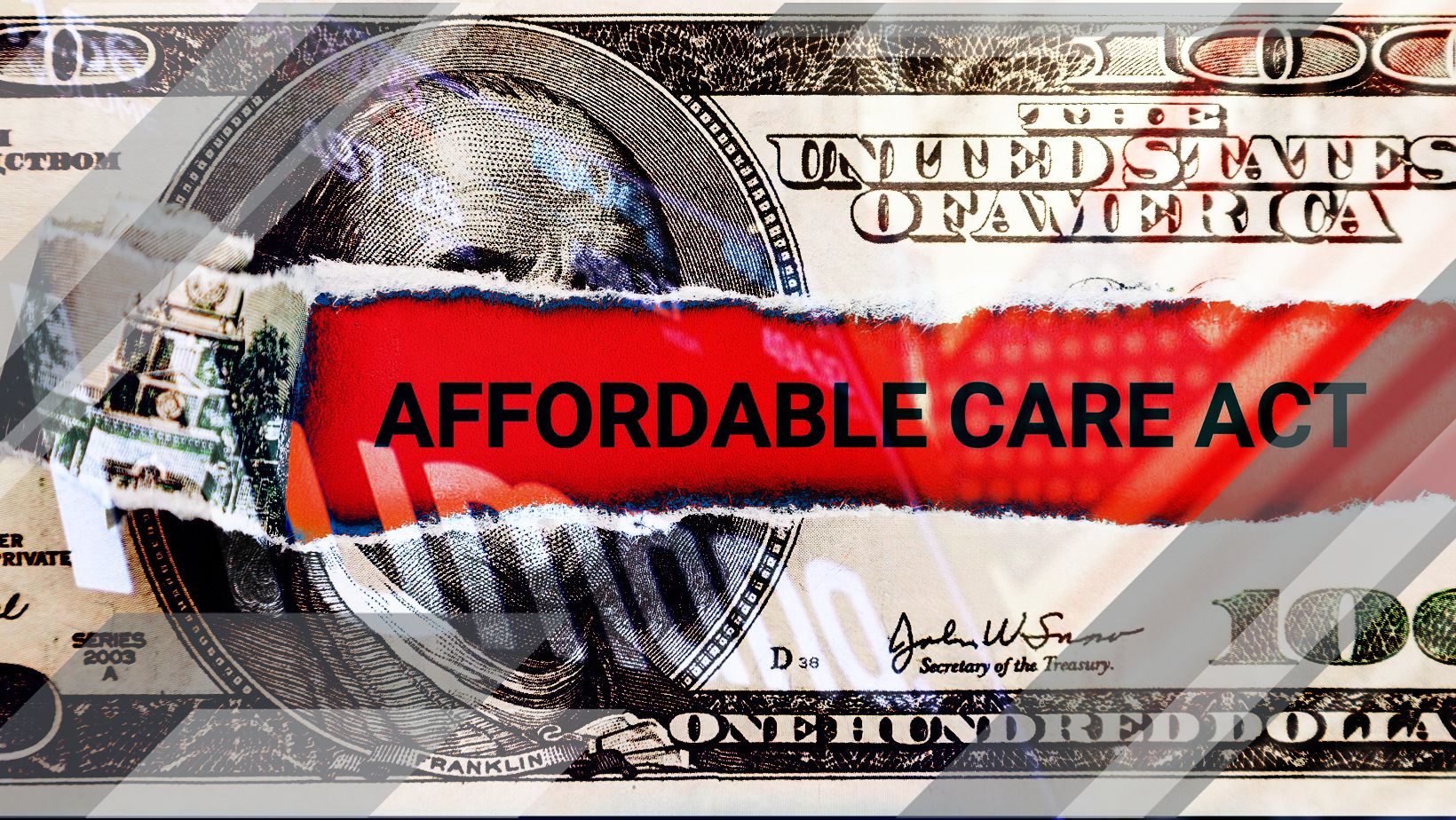ACA Marketplace Enrollment Doubles Amid Subsidy Dispute Impacting 2026 Premiums
Title: Why the Upcoming Subsidy Cliff Matters for the Insurance Industry
When we look at the surge in enrollment in the Affordable Care Act (ACA) marketplaces—from roughly 12 million in 2021 to about 24 million in 2025—it’s impossible to ignore the core driver behind that growth: expanded federal subsidies. These subsidy enhancements, introduced in response to the COVID-19 pandemic and extended through 2025 by the Inflation Reduction Act of 2022, have not only pushed more people into marketplace plans but have materially shifted the risk-pool dynamics for insurers, regulators, brokers and states alike.
For those of us in the insurance industry this creates both a moment of opportunity and one of very real peril as we head into 2026.
A surge in enrollment — and what hinged on the subsidies
The design and extension of premium tax credits under the ACA marketplace have been transformative. Starting in 2021 the government removed previous income caps and boosted assistance, helping many middle-income families access affordable plans. The result has been a doubling in enrollment in just a handful of years.
One recent analysis noted the value of the enhanced credits for a 40-year-old enrollee averaged around $76 per member per month—but varied widely by geography and age. (Milliman)
More broadly:
-
The credit enhancements helped enrollees pay less out-of-pocket and meant that plans became accessible to a broader group of people. (Center on Budget and Policy Priorities)
-
Insurers were able to rely on a growing pool of subsidised enrollees—healthy and otherwise—reducing some of the volatility that had dogged the individual marketplace.
-
States and market regulators counted on subsidy-driven volume growth to stabilise plan offerings, maintain competition and sustain access across urban, suburban and rural areas.
What’s at stake in 2026
Here’s where the alarm bells should be ringing for everyone in health insurance markets. If Congress fails to extend the enhanced subsidies beyond December 2025, insurers, states and consumers could face a major shock.
Pulling from recent estimates:
“Most enrollees are going to be facing a double whammy of both higher insurance bills and losing the subsidies that lower much of the cost.”
— Matt McGough, policy analyst at KFF (TIME)
Key elements at risk include:
-
Rate increases: Without the subsidy buffer, gross premium increases (which insurers cite around 18 per cent on average for 2026) will fall much harder on enrollees. (Forbes)
-
Coverage drop-off risk: As healthy, younger enrollees perceive higher net cost, they may opt out, leaving the pool sicker, older and more expensive. That risk of a “death spiral” is very real. (Verywell Health)
-
State regulatory exposure: Insurance departments in both red and blue states are already sounding alarms about market instability and premium hikes unless the subsidies are extended. (Politico)
Why insurers, brokers and regulators need to act now
For the insurance industry the path forward is clear—delay is not a strategy. Here’s how to frame actions for your organisation and partners:
-
Scenario planning: Run projections for 2026 with and without the subsidy enhancements. Assess impact on enrolment, utilisation, premium adequacy and competitive dynamics.
-
Communication strategy: Educate consumers early about their likely cost exposure, subsidy eligibility and plan‐choice implications. Help brokers prepare to consult clients effectively.
-
Product design and underwriting: Consider the possibility of an increased uninsured rate or a shifting risk mix. Maintain insurer readiness and reserve adequacy.
-
Regulatory engagement: State regulators may need to act fast on rate filings, market notices and consumer mitigations. Plan for possible short-term disruption if legislation lags.
Bullet-List: Key Numbers & Indicators to Monitor
-
Estimated enrolment: ~24 million in ACA marketplaces for 2025
-
Proposed average premium increase for 2026 (insurers’ filings): ~18 per cent (Center on Budget and Policy Priorities)
-
Estimated value of enhanced subsidy for a 40-year-old enrollee: ~$76 PMPM on average (Milliman)
-
Estimated number of people who may lose coverage if subsidies expire: ~3-4 million (Center on Budget and Policy Priorities)
Looking forward—what the market should keep front of mind
The insurance industry generally thrives when uncertainty is managed, risks are priced appropriately and distribution channels are aligned. The current subsidy cliff threatens all three.
If the enhanced subsidies are extended, the current momentum in enrolment and affordability has a chance to continue. But if they expire, expect:
-
A material shift in what net premiums look like for mid-income enrollees
-
A possible reduction in enrolment volume, especially among healthier individuals
-
Increased pressure on plan designs, carrier profitability and state market stability
In short, insurers and their partners must treat this not as a distant policy debate but as a core market force. Whether you’re designing plans, setting rates, advising clients or regulating exchanges, the ripple effects of 2026’s subsidy status will be significant.
Staying ahead means planning today. Waiting until open enrollment starts in November may be too late.


